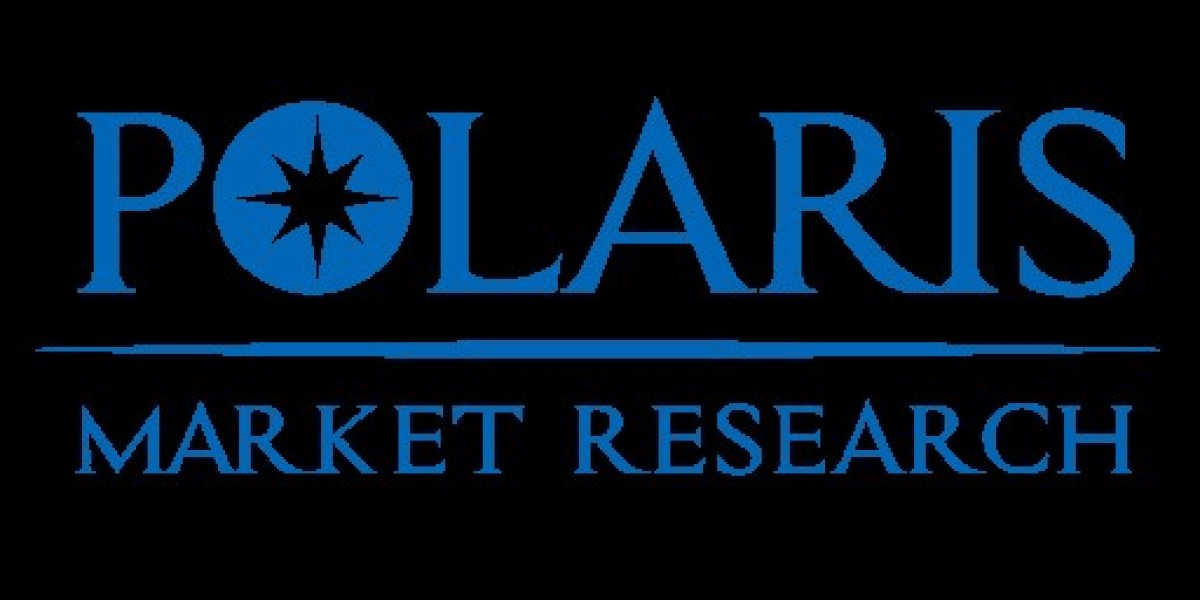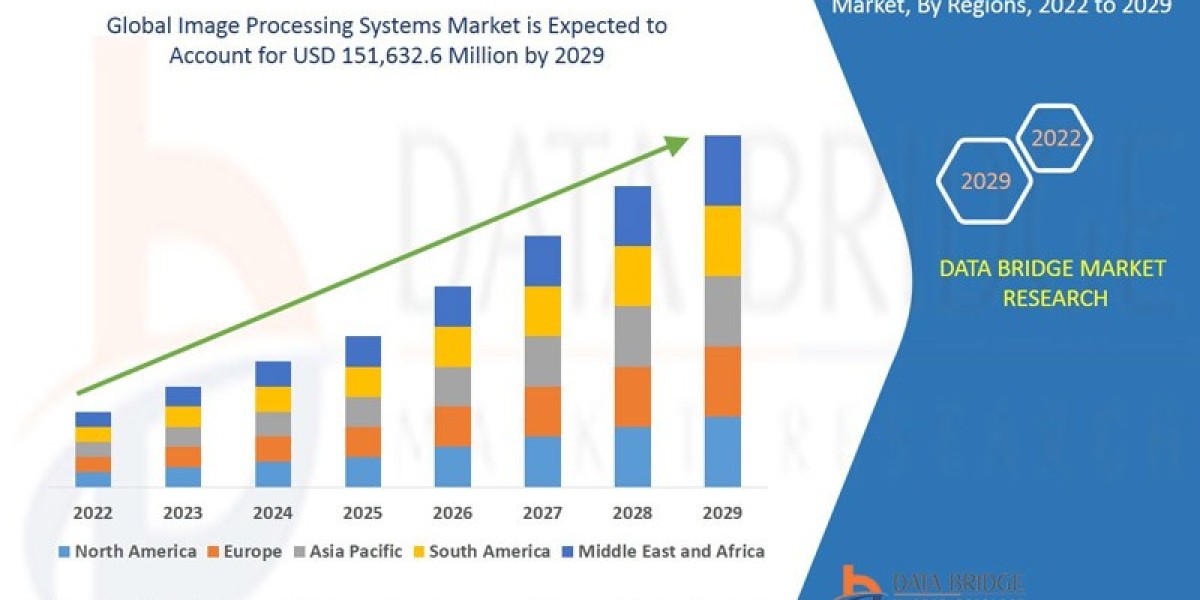The global gypsum market reached USD 35.34 billion in 2024 and is expected to grow at a CAGR of 6.2% over the next decade. This growth is being driven by a dynamic segmentation landscape, with key market divisions—by product type, end-user industry, and application—experiencing divergent growth trajectories, pricing dynamics, and innovation cycles. As construction and renovation activities continue to expand globally, the demand for specialized gypsum products is evolving, prompting manufacturers to focus on product differentiation, value chain optimization, and application-specific growth strategies to capture market share and sustain profitability.
The market is primarily segmented by product type into natural gypsum, synthetic gypsum, and processed gypsum products such as wallboard, plaster, and cement retarders. Natural gypsum remains the dominant form, particularly in regions with abundant mineral reserves and low-cost extraction capabilities. However, synthetic gypsum, derived from flue-gas desulfurization in coal-fired power plants, is gaining traction due to its environmental benefits and cost-effectiveness. Processed gypsum products, particularly wallboard and plasterboard, account for the largest revenue share, driven by their widespread use in residential and commercial interiors.
From an end-user perspective, the construction industry remains the largest consumer of gypsum, followed by agriculture, industrial manufacturing, and healthcare. Within construction, residential and commercial building applications dominate, with increasing adoption of lightweight partition systems and acoustic ceiling solutions. The rise in modular and prefabricated construction methods is further boosting demand for gypsum-based panels that offer ease of installation and energy efficiency. In agriculture, gypsum is used as a soil conditioner and nutrient source, particularly in the U.S., China, and India, where soil degradation is a growing concern.
Application-specific growth is evident in the healthcare and industrial sectors, where gypsum is being used in dental molds, medical casts, and fireproofing materials. The antimicrobial and non-reactive properties of gypsum make it ideal for use in sterile environments, where hygiene and durability are essential. Additionally, the rise of green building certifications is driving demand for recycled and low-VOC gypsum products, particularly in North America and Europe.
On the supply side, value chain optimization is becoming a strategic imperative. With gypsum being a bulky and low-margin commodity, manufacturers are investing in logistics efficiency, raw material sourcing, and vertical integration to enhance profitability. The integration of digital tools such as predictive analytics, supply chain visibility platforms, and real-time demand forecasting is helping firms align production with fluctuating demand patterns across industries.
Read More @ https://www.polarismarketresearch.com/industry-analysis/gypsum-market
However, the market is not without its challenges. Environmental regulations, particularly around the disposal of gypsum waste and the sourcing of natural gypsum, are creating compliance hurdles. Moreover, the commoditization of standard gypsum products is leading to margin pressures, particularly in large-volume construction applications. These factors are prompting manufacturers to focus on high-margin, differentiated products and strategic partnerships to maintain competitive advantage.
Competitive landscape:
- Saint-Gobain S.A.
- Knauf Gips KG
- USG Boral Partnership
- National Gypsum Company
- LafargeHolcim Ltd.
More Trending Latest Reports By Polaris Market Research:
North America Crop Protection Chemicals Market








